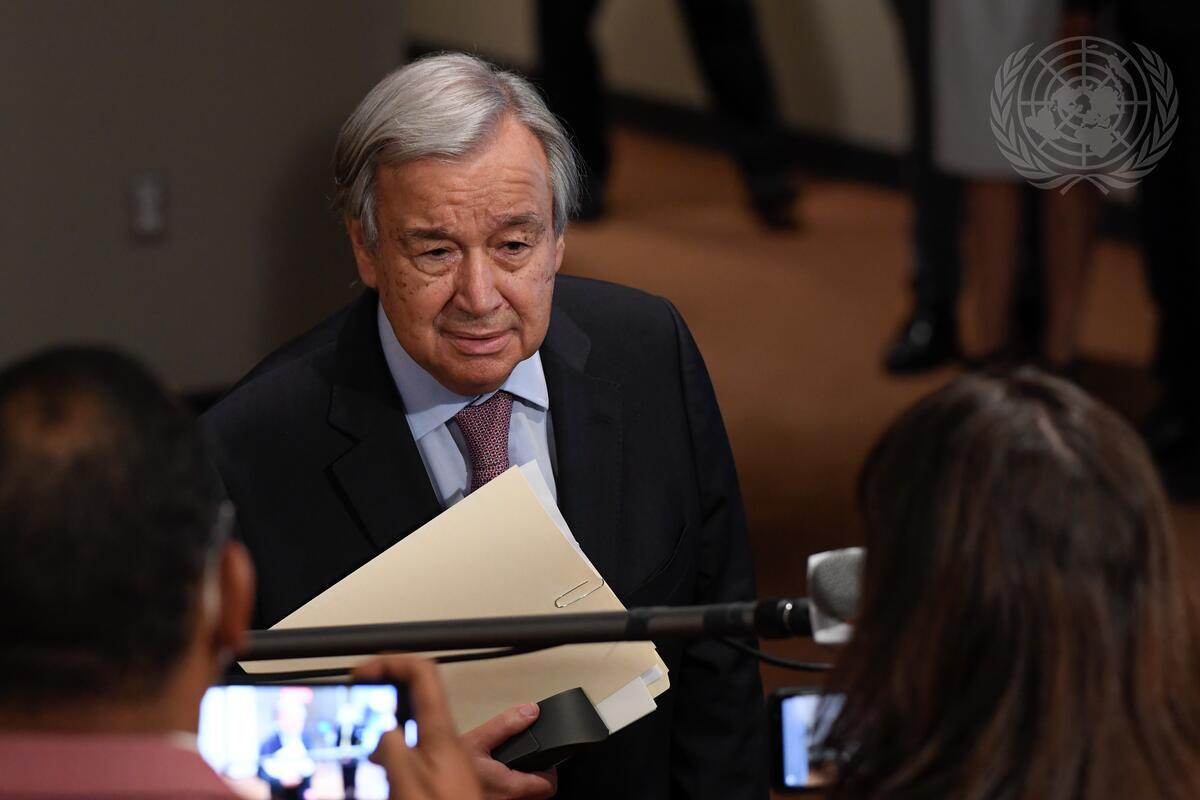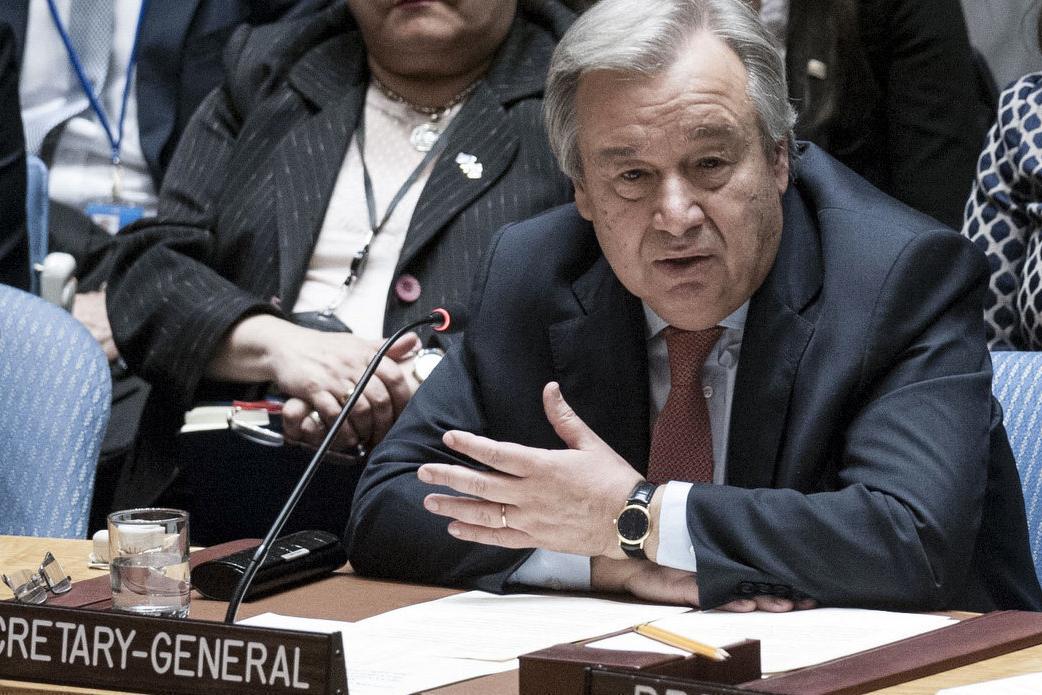5 July 2009 - Afghanistan hasn’t seen a major influx of foreign tourists since the 1970s, but the budding tourism industry has in recent years seen a surge in Afghans visiting different parts of their own country, giving hope for tourism entrepreneurs.
Zaman-e-din Baha, the Director of the Afghan Tourist Organisation (ATO), says major tourist destinations like Badakshan, Bamyan, Kunduz, Mazar-i-Sharif and Herat have seen a growth in the number of domestic tourists since the fall of the Taliban in 2001.
“We are ready to provide good facilities to tourists,” says Baha, seated in his Kabul office that is decorated with posters of different Afghan tourist destinations. “There are 300 travel and tour agencies already established across the country with government approval.”
Baha rises from his chair and picks up postcards featuring different scenes of Afghanistan’s culture, traditions and landscapes. “TOURISTS!” is written on the reverse of each postcard. “You are the peace ambassadors and cultural messengers. Afghanistan welcomes you with five thousand years of ancient culture, spectacular views and historical areas. Come and visit Afghanistan,” the message concludes.
Though ATO’s appeals to foreign tourists haven’t yet materialised, Afghans like Daryamard are spending time and money visiting places across the country.
“I feel that it is a shame that Afghanistan has such fascinating natural sceneries that have not been enjoyed for the past 30 years,” says Daryamard, originally from northern Afghanistan.
“Afghanistan is definitely one of the most spectacular places [in the world] and I want Afghans to visit their country as I believe it contributes a great deal to the economy.”
Daryamard says he has visited Jalalabad, Dara-e Noor in Nangahar, Kunduz and most other northern parts of Afghanistan.
The ATO, part of the Afghan Ministry of Information and Culture, has local departments authorised to issue Afghan visas to foreign tourists in Kunduz, Herat, Jalalabad, Kandahar and Mazar.
Muqim Jamshady, the Chief Executive Officer of Afghan Logistics and Tours, a private tour agency, says it is mostly those who were born in Afghanistan before the war and those who have studied Afghanistan that are travelling across the country. He says only rich Afghans can afford to be tourists at the moment.
While ruing the adverse security conditions, Jamshady says, “Whatever happens in one part of the country, the whole country is affected and the tourists are deterred.”
However, he is optimistic about the future of the tourism industry in Afghanistan. “One day, peace will come,” says Jamshady, whose phones ring almost non-stop as he talks to UNAMA. “Tourism will be a major thing in the future. Major investment should be made in this sector.”
One of Afghanistan’s most respected historians and researchers, Nancy Dupree, says the first foreigners coming to Afghanistan in large numbers were “hippies on drugs,” followed by wealthier WTs or world travellers in the 1970s.
Dupree, 81, who has written five guidebooks on Afghanistan, as well as getting involved in other research since her arrival in the country in the early 1960s, says the WTs were looking for new adventures, while at the same time wanting good services – which was not possible at that time.
“When they [WTs] came here, I was trying to attract them in Afghanistan through the guidebooks,” says Dupree. “Otherwise, they would tell others not to go to Afghanistan because there are no trees, no roads etc.”
Dupree, who currently heads the Afghanistan Centre at Kabul University, says she doesn’t have time to write another guidebook although people keep asking her to do so. “Kabul was a very pretty city before the war started in the late 1970s.”
“There are still great potential for tours, particularly for those who like the outdoors, mountains, climbing,” says Dupree, who is particularly happy about the declaration of Afghanistan’s first national park in Bamyan two weeks ago.
By Tilak Pokharel, UNAMA
Website: Afghan Logistics and Tours





